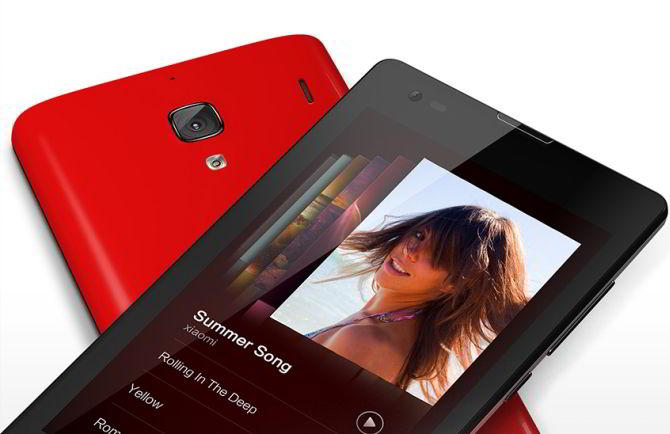

Experts say for multinationals to succeed in India the key is learning to do business the Indian way, rather than dumping global business models and practices on the local market.
It’s a lesson Chinese smartphone maker Xiaomi has applied to its advantage.
As things stand, Xiaomi is the third largest smartphone brand in the top 30 cities in India.
With a market share of 8.1 per cent, it is only behind market leader Samsung (28.5 per cent) and Micromax (11.9 per cent).
According to the International Data Corporation (IDC) India, the brand overtook Intex and Lenovo to become the third largest brand by sales in major urban markets during the April-June quarter.
Making its way to the top three brands within two years of operations in India, it appears to have played the price card to perfection.
 Not long ago, Micromax and Intex disrupted the market with smart pricing.
Not long ago, Micromax and Intex disrupted the market with smart pricing.
They offered high-end smartphones at affordable prices, posing serious challenges to established brands like Apple and Samsung.
Xiaomi’s early success in India raises the million-dollar question: How long will the smartphone maker be able to hold on to its price advantage?
And will it be able to sustain the growth momentum in the long run and take a serious shot at the numero uno position?
Chief of Xiaomi India Manu Jain is upbeat about the current streak, and is confident that the brand is well poised to deliver on the promise of “innovation that everyone can enjoy”.
For Xiaomi, globally as well as in India, the business pitch revolves around a strong belief that high-end technology should not cost a fortune and be available to all.
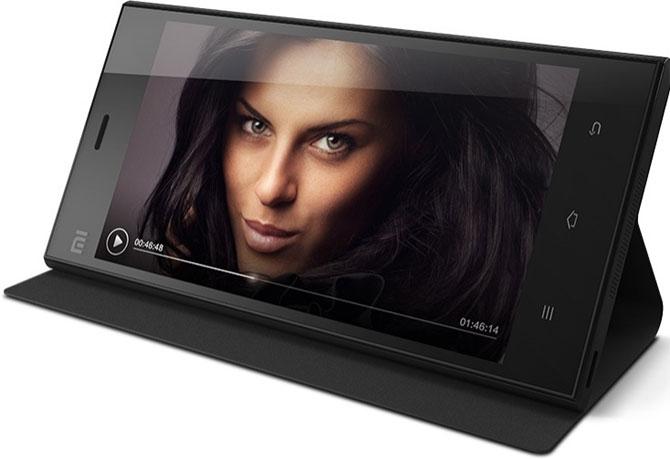 According to Karthik J, senior market analyst, client devices, IDC India, Xiaomi’s continuous focus in the mid-price segment of smartphones with feature-rich and advanced hardware has helped the brand create a strong position in the mind of users who prefer to choose value-for-money options.
According to Karthik J, senior market analyst, client devices, IDC India, Xiaomi’s continuous focus in the mid-price segment of smartphones with feature-rich and advanced hardware has helped the brand create a strong position in the mind of users who prefer to choose value-for-money options.
For instance, increased capacity of battery in Xiaomi devices is attracting users in huge numbers as they want longer battery life.
With a high-quality product proposition, there are a few other things that make Xiaomi’s value-for-money proposition more attractive than other brands.
To begin with, it offers its own operating system (OS) MI – which reportedly has more features than others.
Xiaomi started off as an OS developer and as the platform became popular it got into manufacturing smartphones.
With its genesis in technology, innovation comes naturally to Xiaomi, claims Jain.
He credits Xiaomi’s latest success to its unique approach to advertising and marketing, distribution and manufacturing.
The company has built in cost efficiency in each of the functions, saving significant costs.
 It passes on this cost advantage to end buyers by offering high-end yet affordable phones.
It passes on this cost advantage to end buyers by offering high-end yet affordable phones.
Jain says unlike other companies which spend significant portions of their profits or revenues on marketing, Xiaomi doesn’t spend ad dollars on marketing.
It does indulge in advertising but in an innovative way. It leverages social media and word of mouth to build brand image.
For Xiaomi, its fans are its brand ambassadors which is why it doesn’t have a Bollywood actor or a sportsperson as a brand ambassador unlike other players.
To create buzz around its launches, Xiaomi engages its fans at multiple levels.
For instance, prior to launching Redmi Note 3 in March this year, the company started an explorer programme.
It chose 100 Mi fans who were most active on the Mi community one month before the launch and handed out Redmi Note 3 as a beta-testing device.
The content that the users generated on social media helped the brand attract more than 300,000 engagements.
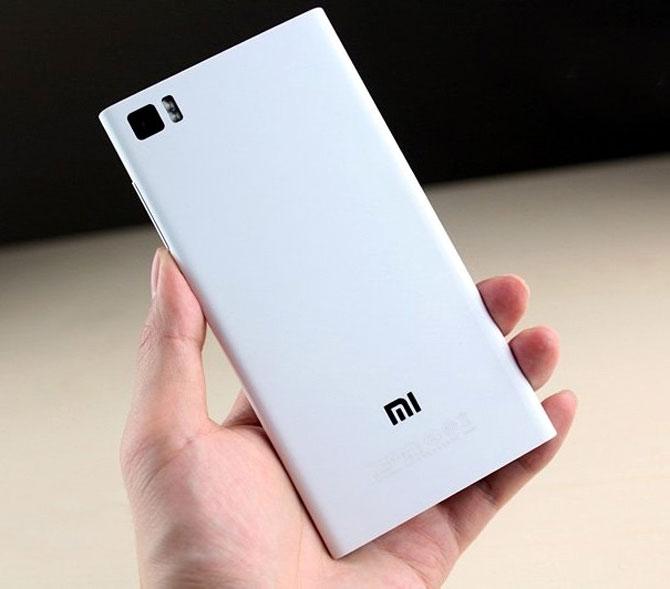 Next, Xiaomi follows a direct-to-retail model which means a consumer directly comes and buys a device either on the its website or that of a partner’s (e-commerce).
Next, Xiaomi follows a direct-to-retail model which means a consumer directly comes and buys a device either on the its website or that of a partner’s (e-commerce).
A business-to-customer model helps Xiaomi cut costs by bypassing the traditional distribution model including stakeholders like master, regional, micro distributor and retailer.
Many brands end up losing from five to 20 per cent margin as they follow the traditional retail model.
Xiaomi also manufactures its devices locally. It helps save costs because of a friendly tax structure that the company enjoys vis-a-vis imports.
In terms of cost, local sourcing reduces the lead time in getting the products quickly to the market in comparison to imports from China which require advance planning of two to three months.
The working capital which is stuck in the system is lower when one is manufacturing locally as against imports.
Further, Xiaomi’s products enjoy a long life cycle of 15 to 18 months.
For instance, Redmi 2 and Redmi Prime launched in 2015 but continue to sell as they remain competitive devices in terms of features and price.
With long life cycles, component costs go down drastically.
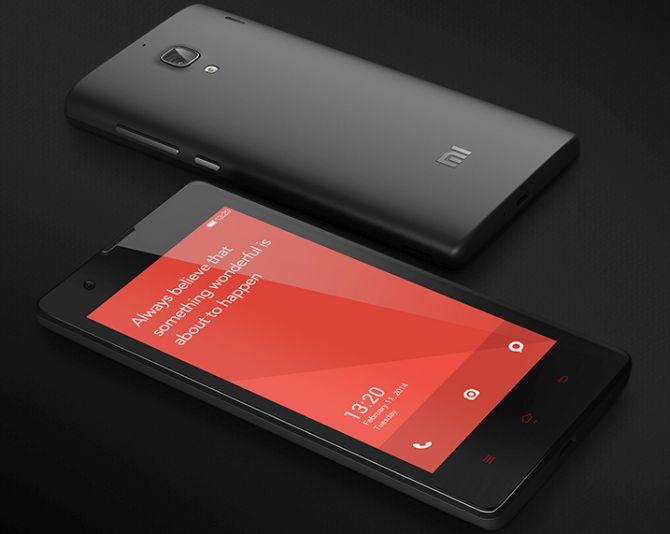 The prices also go down, but not in the same ratio.
The prices also go down, but not in the same ratio.
“Therefore, we make a lot more money at the end of the life cycle of products than in the beginning of the lifecycle,” says Jain.
What this implies is that competitive brands are playing catch-up with Xiaomi which leads the market by bringing cutting-edge products to buyers.
Interestingly, unlike other brands which launch about 30 to 40 models per year, Xiaomi rolls out only four models.
Despite that, it has a range of smartphones between Rs 7,000 and Rs 23,000.
Xiaomi is playing the volumes game. The lower segment of smartphones in the sub-Rs 10,000 category is its biggest market.
Redmi 3S and Redmi 3 Note are Xiaomi’s largest selling devices in the category.
Redmi Note clocked sales of about 1.75 billion units within five months of its launch in March. Jain admits a section of the population would always consider buying a device that they can flaunt.
They will opt for a device that is perhaps heavily advertised and offers some snobbish value.
However, he says, “If as a brand I’m offering more advanced technology and packing in more features at the same price point, smart, intelligent and well-read consumer will opt for Xiaomi.”
Jain asserts that the growth potential which the Indian smartphone market offers is big enough for everyone to co-exist.
But as India becomes more digital, more and more people will read reviews, blogs and compare brands.
And people will discover that Xiaomi will easily beat any established brand on specifications and price points, he says.
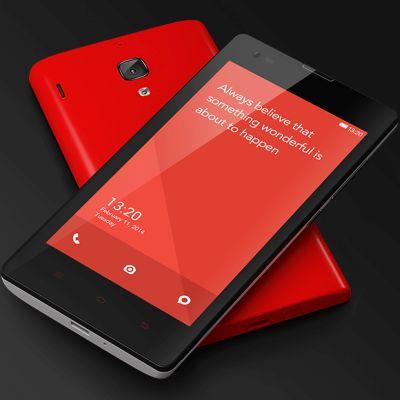 A game of innovation: N Chandramouli
A game of innovation: N Chandramouli
An effective pricing strategy has to come with quality.
And this is a difficult balance to achieve for a brand.
More so, when it is working on wafer-thin margins, which is the case with Xiaomi.
In a competitive market, it’s a per product piece that they are probably accounting for. Therefore, volume is the only metric on which they can hedge their bet.
The brand is packing a punch in the sub-Rs 10,000 category, the largest selling smartphone segment.
By and large it’s talking to job seekers, targeting people looking at gifting a phone.
This target audience will continue to grow and offer brands like Xiaomi an opportunity to expand.
Xiaomi is treading on thin ice. Competition is coming up with better, newer and cheaper products. It’s going to be a game of innovation and constant value addition.
[source;rediff.co,]




